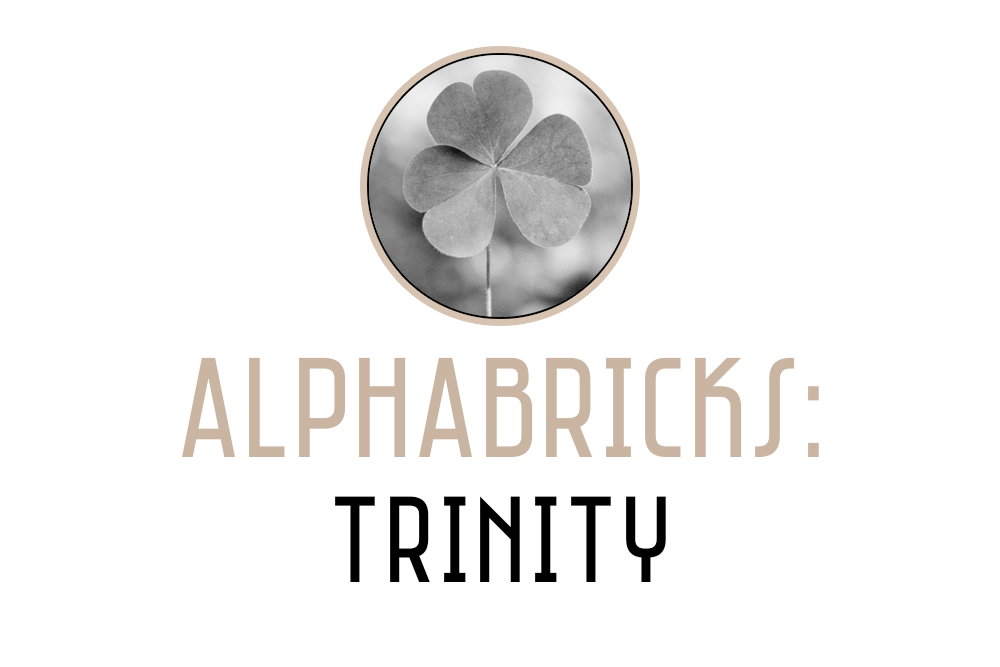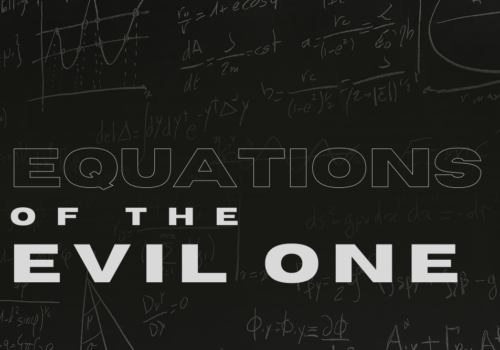Snap Shot
The personhood of God is triune; that is, He (We) consists of equal yet distinct beings of God the Father, God the Son, and God the Holy Spirit. It is truly beyond the natural mind to reason out such an existence—it is a reality that can only be accepted by faith.
The Godhead in Christian History
“In the second century two separatist groups denied the doctrine of the Trinity; one came to be called ‘Monarchianism,’ the other ‘Sabellianism.’ The first denied the Deity of Christ and the Personality of the Holy Spirit; the second denied separate identities of the Three Persons, declaring that Jesus and the Holy Spirit were only different modes of the one Person, or different guises by which He manifested Himself. Both of these, reasoning humanly, thought they were guarding the Unity of God. Today we have offspring of these heresies in Unitarianism and in the ‘Jesus Only’ or ‘Oneness’ doctrines.”[1]
Establishing the Trinity
By the fourth century the need for the Christian community to establish the tri-unity of God came in the form of the Nicene Creed (325 AD):
We believe in one God—And in one Lord Jesus Christ, the Son of God, begotten of the Father, light of light, very God of very God, begotten not made, being of one substance with the Father—And we believe in the Holy Ghost, who is the Lord and giver of life, who proceedeth from the Father, who with the Father and Son, is worshipped and glorified, who spake by the prophets.
Today, the major Christian denominational world accepts the Westminster Confession:
There is but one living and true God. In the unity of the Godhead there are three persons, of one substance, power, and eternity—God the Father, God the Son, and God the Holy Spirit. The Father is one, neither begotten or proceeding; the Son is eternally begotten of the Father; the Holy Ghost eternally proceeding from the Father and the Son.
Scriptural Support
While creeds may help to focus beliefs, the final authority for doctrine can be nothing but the Holy Scripture. Certainly not exhaustive, the following list depicts the Trinity.
1. Genesis 1:26 ESV Then God said, “Let us make man in our image, after our likeness. And let them have dominion over the fish of the sea and over the birds of the heavens and over the livestock and over all the earth and over every creeping thing that creeps on the earth.”
2. Isaiah 42:1 ESV Behold my servant, whom I uphold, my chosen, in whom my soul delights; I have put my Spirit upon him; he will bring forth justice to the nations.
3. Luke 1:35 ESV And the angel answered her, “The Holy Spirit will come upon you, and the power of the Most High will overshadow you; therefore the child to be born will be called holy–the Son of God.
4. Matthew 3:16-17 ESV And when Jesus was baptized, immediately he went up from the water, and behold, the heavens were opened to him, and he saw the Spirit of God descending like a dove and coming to rest on him; (17) and behold, a voice from heaven said, “This is my beloved Son, with whom I am well pleased.”
5. Revelation 1:4-5 ESV John to the seven churches that are in Asia: Grace to you and peace from him who is and who was and who is to come, and from the seven spirits who are before his throne, (5) and from Jesus Christ the faithful witness, the firstborn of the dead, and the ruler of kings on earth. To him who loves us and has freed us from our sins by his blood.
Conclusion
Three: “This number plays a significant role in the Old Testament. As the first of the plural numbers (two is considered dual) it very easily came to represent the smallest complete cycle. It cannot be accidental that periods of three days, weeks, months or years are so frequently encountered in the Scriptures.[2]
“A period of three units of time seems to have been appropriate for justice to have run its course when tempered by grace. Thus Joseph imprisoned his brothers three days (Gen 42:17). Israel experienced a famine of three years (2 Sam 21:1) before discovering the reason, and Elijah’s drought lasted three years (I Kings 18:1). In each case the deliberate design was a full taste of retribution to be followed by a gracious restoration. It is highly probable that there is a similar significance in the choice of the three day sojourn of Jesus’ body in the grave, i.e., man’s sin fully judged, yet grace triumphant.
“A threefold act gives a sense of finality, of definitiveness. Elijah stretched himself three times on the dead boy (I Kgs 17:21). After Leah had given birth to three sons she felt that now she had proven herself and that Jacob must now surely accept her fully (Gen 29:34). The threefold blessing of Aaron in Num 6:24–27, in which the name of the Lord is invoked three times on Israel, has a definitive quality, as does the trisagion of Isa 6:3, and while the doctrine of the Trinity is not hereby proven, it is at least consistent with the New Testament revelation.”[3]



